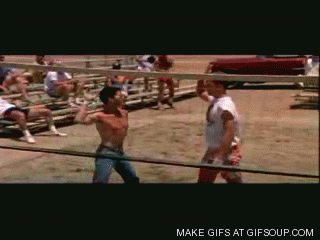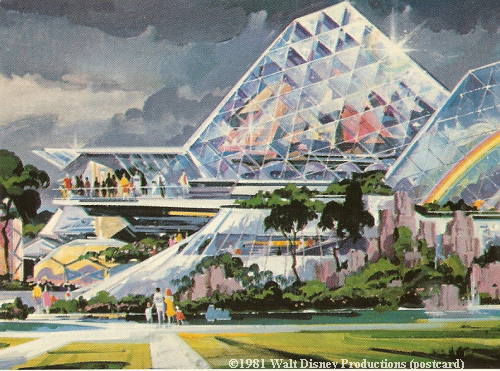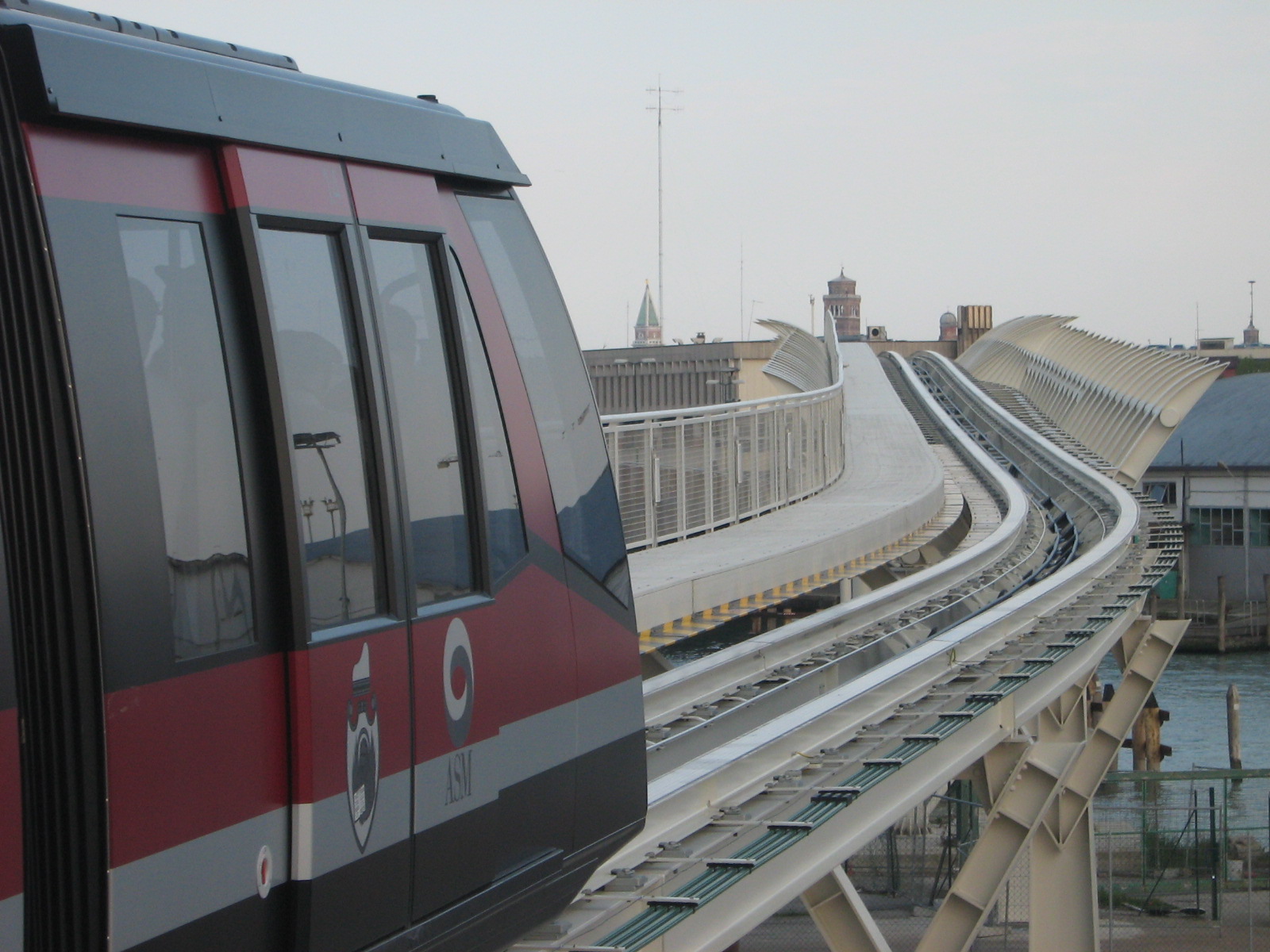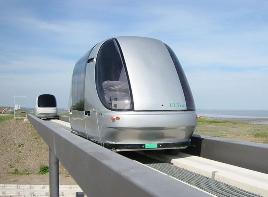englanddg
One Little Spark...
indeed, tom hanks is perfect for it.
who else can make u get emotional about a volleyball?
Tom Cruise can...

indeed, tom hanks is perfect for it.
who else can make u get emotional about a volleyball?

Very good thoughts. Renderings do cheat reality and you can never assume that it will just look good, you have to continually question what you are doing and imagine it's total effect in context. The brown Space Mountain was a good example of reality not being the rendering.


Not true. The Imagineers fully grasped what Eric achieved in his art, because that's what they originally wanted.
Eric didn't cheat. Pressler and Timor Galen wanted to save money, so they swapped out that beautiful turquoise metallic paint for the dull brown because it was cheaper. It was their decision and theirs alone. Tony didn't want that crappy treatment, but Galen held the purse strings and made the substitutions anyway.


The colors and metallic paint finishes of Tomorrowland 86 are essentially the same as Discoveryland in DLP. Orbitron is a good example. It was not scenically painted and aged, but powder coated metallics. Metals were not rendered realistically, but symbolic in a bronze color. The "rocks" were scenic. Tony expanded that look into Disneyland. From what I understand, the real budget impacts discussed were in the scope of attractions, things like that, leaving the Rocket Rods being far less than imagined.
From what I understand, the real budget impacts discussed were in the scope of attractions, things like that, leaving the Rocket Rods being far less than imagined.


Hong Kong Disneyland's Tomorrowland is such a mesh-work of styles, a 1970's Space Mountain, which doesn't match the Discoveryland-style Astro-Orbiter type ride . . .

and Buzz is off doing his own thing . . .

It will be interesting to see Shanghai Disneyland's Tomorrowland being built. While Walt wanted to make the People Mover a reality, I think that a People Mover style ride, with theming, could still be a hit. DL's People Mover didn't have much in the way of story, they could use the People Mover ride system and theme it to an automated tour of a "Droid Factory", or just of Tomorrowland as if it was a tourism overview with stuff like, "Be sure to check in early for guests departing to the lunar hotel", with a 3-4 show scenes, in addition to the relaxing tour of Tomorrowland.

I think the biggest hurdle to this is that how we now conceive of the future has changed so dramatically. Past visions of the future had a lot of focus on the mechanical, especially transportation. Just think of Tomorrowland '67 with its rockets, PeopleMovers, monorails, submarines and Atommobiles. Discovery, learning, communication was all about going there in bigger and better ways. We don't do that any more. We don't have to do that any more. We don't have to send a man to Mars to study it, we can send robots to deal with the years long trek across space. The digital/information revolution is a genuine cultural revolution that has dramatically altered the larger view of the future.I wish that Tomorrowland would once again look towards a possible realistic future instead of looking back at a sci-fi one, ...or a cartoon one.
The Peoplemover was more of a demonstration than anything else . . .



I think the biggest hurdle to this is that how we now conceive of the future has changed so dramatically. Past visions of the future had a lot of focus on the mechanical, especially transportation. Just think of Tomorrowland '67 with its rockets, PeopleMovers, monorails, submarines and Atommobiles. Discovery, learning, communication was all about going there in bigger and better ways. We don't do that any more. We don't have to do that any more. We don't have to send a man to Mars to study it, we can send robots to deal with the years long trek across space. The digital/information revolution is a genuine cultural revolution that has dramatically altered the larger view of the future.
Past visions of the future had a lot of focus on the mechanical, especially transportation. Just think of Tomorrowland '67 with its rockets, PeopleMovers, monorails, submarines and Atommobiles.
It's why there are now more people climbing Mt Everest than ever before and why there is still consideration of sending people to Mars... ...and partly why we visit Disneyland.

I was just at Heathrow last week and forgot to seek out the Pods! Rats!
I guess when you get shuttled about in limos there's no need to take a Pod to the spotty car park.
Those are very astute observations. You are correct that our entire view of the future is going to change over and over again. It's why I love the TV series "The Day The Universe Changed" because a simple discovery or action can have a profound impact on everything that comes after. James Burke, (the author of the series), also made an interesting analogy about how books that were once limited-access large volumes chained to desks are now available inexpensively to everyone as paperbacks. It's pretty much the same information revolution that has happened with computers. But communication and knowledge only address particular human needs of which there are many more -- such as personal experience. It's why there are now more people climbing Mt Everest than ever before and why there is still consideration of sending people to Mars... ...and partly why we visit Disneyland.
Register on WDWMAGIC. This sidebar will go away, and you'll see fewer ads.
